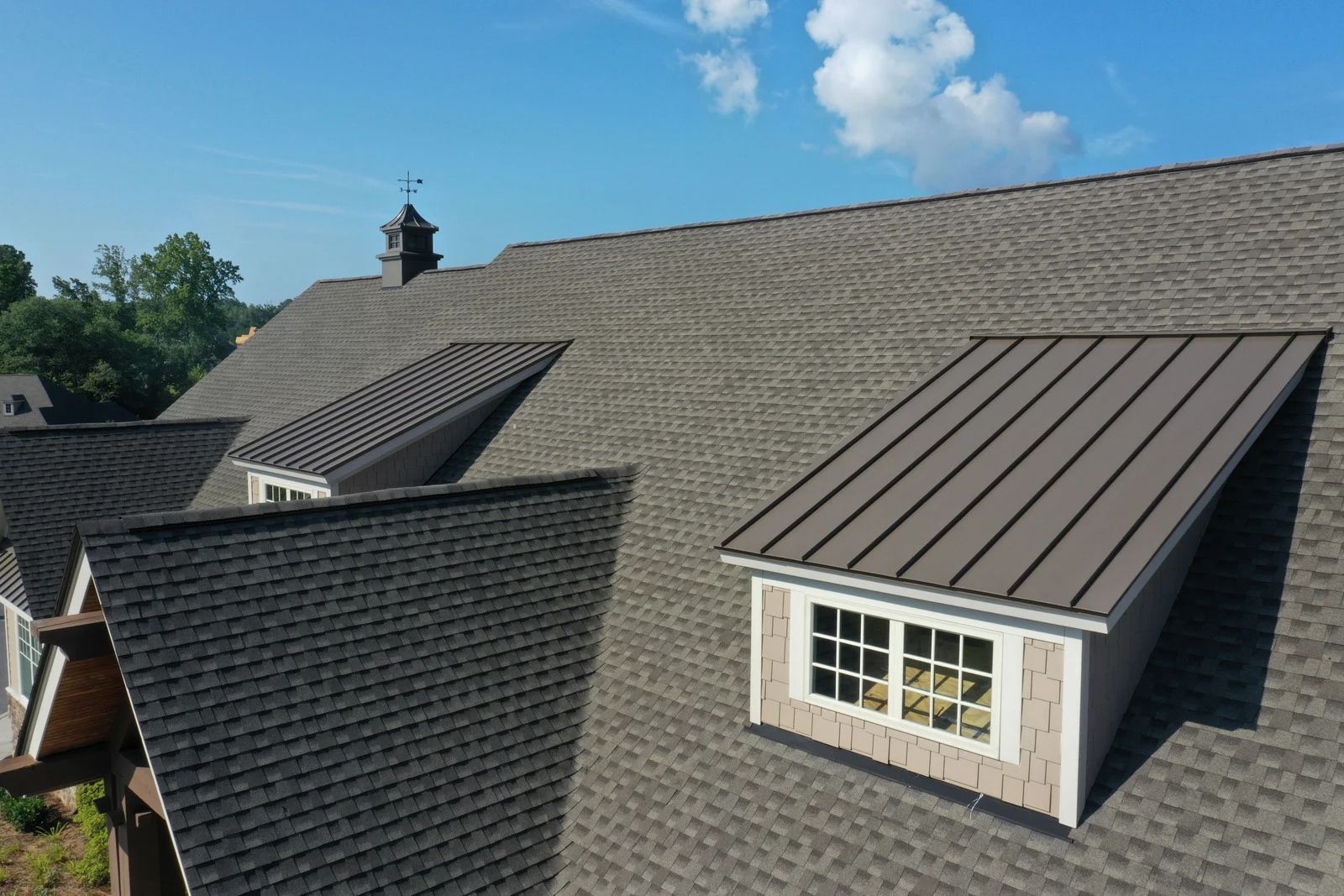The Top Warning Signs Your Flat Roof Is Failing
Flat roofs are a popular choice for commercial buildings and modern residential properties due to their clean lines, affordability, and space-saving benefits. However, despite their advantages, flat roofs are more prone to certain types of damage compared to pitched roofs. Because they lack slope, water drainage can become a major issue over time, leading to structural concerns if left unaddressed. Recognizing early signs of flat roof failure is critical to preventing costly repairs, avoiding water intrusion, and extending the life of your roofing system. In this article, we’ll explore the top warning signs that indicate your flat roof may be failing—and why acting quickly is essential.
1. Ponding Water
One of the most common and visible signs of a failing flat roof is ponding water. This occurs when water collects and remains on the surface for more than 48 hours after rainfall. Ponding is often caused by poor drainage or sagging in the roof deck. Over time, stagnant water can accelerate membrane deterioration, promote mold and algae growth, and compromise the roof's structural integrity. If left unresolved, it may lead to leaks and eventual collapse.
2. Cracks, Blisters, or Bubbles in the Membrane
Flat roofs typically use membranes like EPDM, TPO, or modified bitumen, which can develop blisters, cracks, or air bubbles due to prolonged sun exposure or trapped moisture. These imperfections may seem minor at first but often indicate that the roofing material is weakening or detaching from the substrate. Blistering can allow water to seep beneath the membrane, leading to leaks and insulation damage.
3. Interior Water Stains or Leaks
Visible water stains on ceilings or walls beneath the roof are clear signs that moisture is making its way inside the building. Leaks in flat roofs often go unnoticed until they cause interior damage. By the time you see a stain, the water has likely already compromised layers of roofing and insulation. Ignoring these signs can result in mold growth, structural deterioration, and increased energy bills.
4. Damaged Flashing or Roof Edges
Flashing is the material used around roof edges, vents, and HVAC units to create a watertight seal. On flat roofs, flashing is particularly important because it protects seams and transitions that are vulnerable to water intrusion. If you notice peeling, rusted, or separated flashing, it's a sign that water may be entering through those areas. Damaged flashing should be repaired or replaced immediately to prevent more extensive damage.
Take Action Before Minor Issues Become Major Problems
Flat roofs require diligent monitoring and timely maintenance. Addressing early warning signs such as ponding water, membrane damage, or flashing failures can save property owners significant time and money. Regular inspections by a professional roofing contractor ensure your flat roof continues to perform reliably and protect your investment year-round.
Shark Construction, located in Fredericksburg, Virginia, has over 5
years of experience providing expert
flat roof inspections, repairs, and replacements. Our skilled team helps property owners identify early warning signs and restore flat roofing systems with precision, professionalism, and long-lasting results. Trust us to protect your building with dependable roofing solutions.

